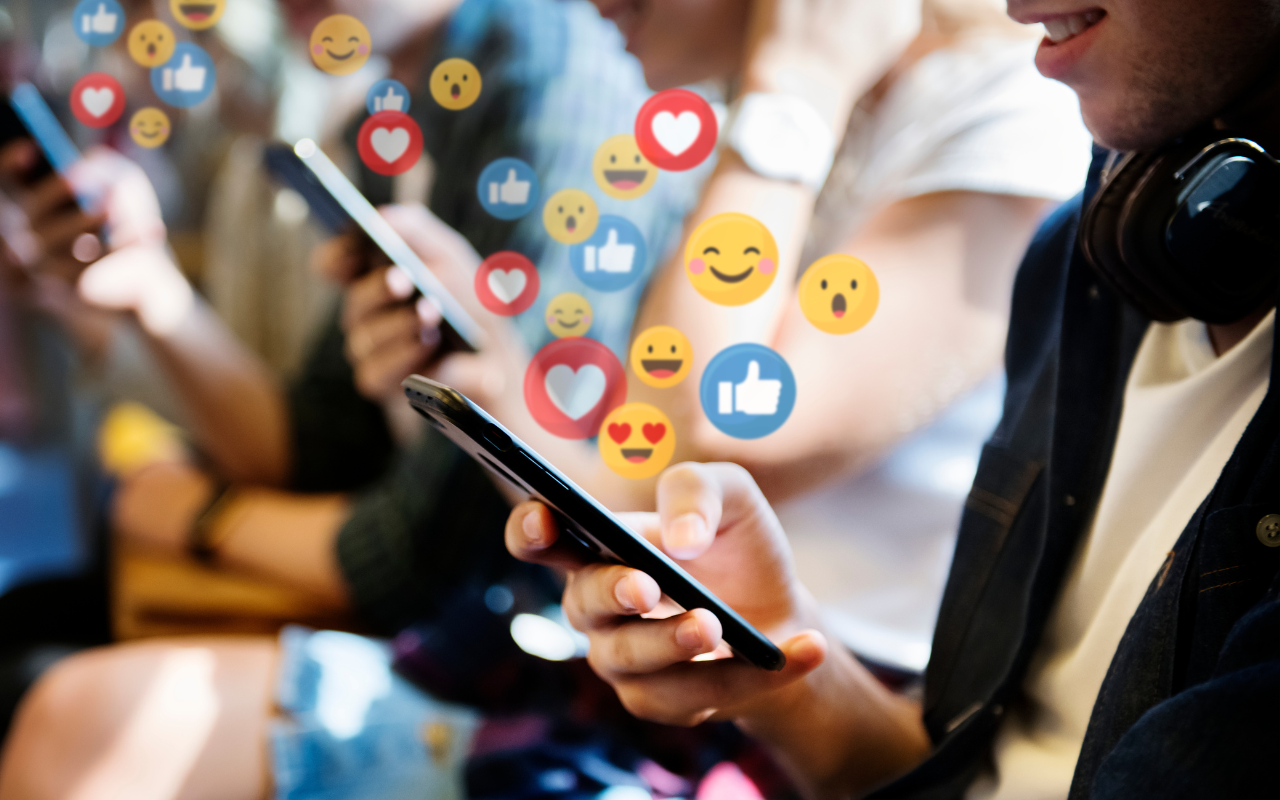Researchers question whether social media is the root cause of rising youth self harm, or a conveniently simple scapegoat for a complex problem.
As debate rages over the federal government’s proposed social media ban for young people, a new perspective published in the Medical Journal of Australia has examined the complex interplay between social media and youth mental health.
Although the potential harms of social media on adolescents cannot be ignored, the authors argue that a social media ban fails to consider the broader societal issues that contribute to mental illness and self-harm in young people.
The authors also note that a social media ban could isolate young people from mental health information and support, a concern echoed by Australia’s leading mental health organisations.
“Social media is a fertile ground for disseminating harmful content, including graphic imagery and messages depicting gendered violence and religious intolerance,” Professor Helen Christensen of the Australian National University and co-authors wrote.
“However, the parallel rise in social media use and youth mental health problems does not imply a causal relationship.”

Self-harm links are unclear
Rising rates of self-harm in young people have coincided with the rise of smartphones, with much discussion on the relationship between the emergence of the “anxious generation” and the advent of social media.
“Technological innovations have historically influenced social norms and societal structures, so it is crucial to take these concerns seriously,” the authors wrote.
“However, the argument that social media is the cause of rising trends in youth self-harm is relatively weak.”
“Although some studies indicate that rates of anxiety, depression and self-harm have indeed increased among young people, these trends have been disputed by some and may not be universal.”
The authors note that research has only shown a small association between the use of social media and depression, and the disproportionate rise in self-harm among young women compared to young men cannot be explained by the use of social media alone.
Looking at the wider context
The perspective authors argue that focusing solely on social media as the cause of youth mental health problems ignores the broader societal factors at play, such as global conflict, socio-economic hurdles, gendered violence and climate change — all issues that weigh heavily on young people.
“Although social media might amplify exposure to these factors (eg, via cyberbullying, excessive negative or harmful content), current data do not definitively support a direct causal link between increased social media use and poorer mental health,” the authors wrote.
The authors also note the potential harms of a social media ban for vulnerable young people who rely on social media for support and resources, such as gender minority youth and youth already experiencing mental illness.
“Complete bans could hinder health literacy development and help-seeking behaviours, especially among those at greater risk,” the authors wrote.
“Age-restrictions might push young people into using less regulated platforms, while also undermining the responsibility of existing platforms to create safe online communities.”
Further investigation is needed
The authors call for further research into the impact of social media on young people to better understand how it helps or harms young people’s mental health.
In particular, they note a lack of evidence to explain why some people prosper online while others have a negative experience.
“As Australia introduces policies that restrict young people’s social media exposure, we must investigate the effect these policies have or do not have.”
“This is a rare opportunity to identify the extent to which (and for whom) social media has adverse mental health effects.”
But the authors argue that a social media ban is unlikely to be the solution to the very complex problem of youth mental health.
“This would be akin to stopping the flow of toxic chemicals into a river while failing to shut down the factory that causes the pollution,” the authors wrote.
“In our efforts to understand the drivers of rising youth self-harm, social media cannot become a scapegoat for broader factors that drive mental health problems.”
Read the perspective in the Medical Journal of Australia.
Subscribe to the free InSight+ weekly newsletter here. It is available to all readers, not just registered medical practitioners.

 more_vert
more_vert
Perhaps a trial will elicit the answer. I suggest that we ban the use of smart phones altogether in 2 states for children under 16 years, we ban the use of social media in 2 states for children under 16 years, and we educate children regards questioning everything they hear or see in the other 2 states. Should have results in a couple of years.
Is the problem the technology, or what we do with the technology? We seem to be raising children with a constant need to be demonstrably liked by everyone- the most popular girl in class, not the hardest-working, or the kindest.. Many of these children are being put on display by their mothers before they are born i.e. via pictures of their ultrasounds. Social approval (or disapproval) for our behaviour is how society works. Seeking approval for our appearance alone, from thousands of people we have never met, is not healthy. It is the parents who start it – 3 and 4 year olds are not setting up their own social media accounts.
It is indeed a very difficult problem. I look at it from the perspective of seeds and soil where the young teenager has an innate personality with flaws and strengths but seeks validation from the community. The teenager’s personality will dictate to what extent he or she will be influenced by social media. Some will believe everything they see or hear.
The answer is not to ban social media but to educate teenagers to question everything they hear or see on social media.